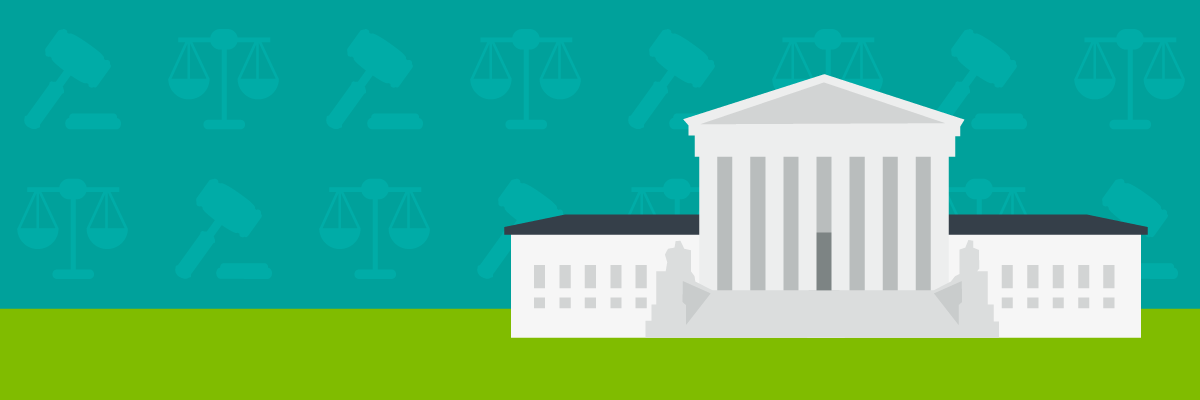





Posted 7/13/2023 | Updated 8/1/2023
After months of waiting, the Supreme Court has finally ruled on a case impacting student loan forgiveness. We look at the reasoning behind the Court’s ruling, and how it might impact future efforts to assist student loan borrowers.
The Court heard two cases against the Biden administration’s one-time student loan debt. One was dismissed because the plaintiffs were not harmed by the program and had no grounds to sue.
The other case, named Biden v. Nebraska, was brought by six states (Arkansas, Iowa, Kansas, Missouri, Nebraska and South Carolina). The states claimed they would be financially damaged if debt forgiveness moved forward. The Court agreed that one of them (Missouri) would be harmed, which allowed the case to be ruled on.
The Court decided 6-3 in favor of the states.
The immediate effect of the Court’s decision was to end the Biden administration’s one-time-debt relief plan. That’s disappointing to the millions of borrowers who would have benefitted from the program, and most headlines play into that feeling. “Supreme Court Rejects Loan Forgiveness” is a common example.
Those headlines do not, however, reflect the reality of the Court’s ruling. Understanding the actual reasoning behind its decision is vital to understanding potential future aid.
The Department of Education (ED) built the one-time loan forgiveness program on a 2003 law called the Higher Education Relief Opportunities for Students Act (HEROES). It gave the Secretary of Education power to forgive loans in very limited cases and to “waive or modify” existing regulations in times of national emergency. The Biden administration asserted under this provision that the recent COVID-19 national emergency gave it Congressional authority to create a broad loan forgiveness program.
The Supreme Court found the Secretary of Education interpreted the word “modify” too broadly and exceeded the power granted to him by Congress. In its decision, the Court wrote, “The authority to ‘modify’ statutes and regulations allows the Secretary to make modest adjustments and additions to existing provisions, not transform them.”
While the ruling ends the blanket $10,000-$20,000 in debt relief planned by the Biden administration, it doesn’t eliminate the possibility of future loan forgiveness. Instead, it demands the Executive branch do so through another existing law or gain Congressional approval through a new law.
In his majority opinion, Chief Justice John Roberts made it clear the ruling wasn’t about student loan forgiveness. “The question here is not whether something should be done; it is who has the authority to do it.”
Additional attempts to ease the burden of student loan debt already are underway, but some things will take time to implement. One immediate action has been to create a new income-driven repayment plan called the Saving on a Valuable Education or SAVE Plan, which provides some additional relief now with the potential to add more benefits in July 2024. According to StudentAid.gov, it will provide borrowers the lowest monthly payment compared to all other income-driven repayment plans.
For now, borrowers should plan to start making payments in October. Get ready by reading How to Survive Student Loan Repayment in 2023.